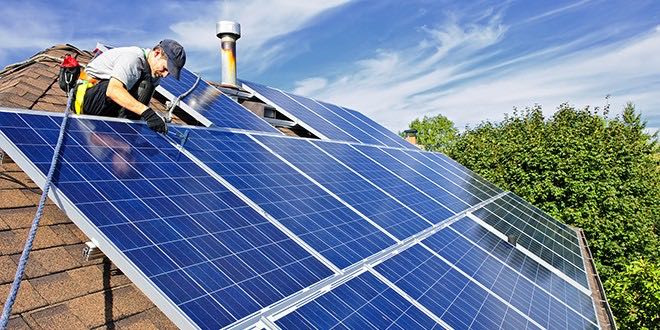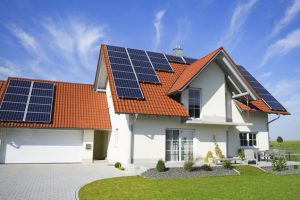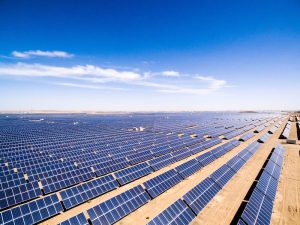In an era where sustainable energy solutions are gaining prominence, solar power stands out as a reliable and clean source of electricity. To harness the full potential of solar energy, it is crucial to design and connect solar panels efficiently. This guide will provide you with a comprehensive overview of how to connect solar panels to create a high-efficiency solar system.
Understanding Solar Panel Basics: Before delving into the connection process, it’s essential to grasp the basics of solar panels. Solar panels generate direct current (DC) electricity when exposed to sunlight. The goal is to efficiently harness and convert this DC power into usable alternating current (AC) electricity for your home or business.
Solar Panel Configuration: Solar panels can be connected in various configurations, with the two most common being series and parallel connections. Series connections increase the voltage, while parallel connections increase the current. Striking the right balance between voltage and current is crucial for optimal system performance.
- Positive of one component is connected to the negative of the next.
- Components are in line, like episodes in a TV series.
- Voltage adds up in series (V_total = V1 + V2 + …).
- Current (amps) remains constant in series.
Example: Two 250V, 10A panels in series result in 500V and 10A output.

Parallel Connection:
- All positive terminals are connected together, and all negative terminals are connected together.
- Components can be taken out without affecting the others.
- Voltage remains constant in parallel.
- Current adds up in parallel (I_total = I1 + I2 + …).


- Combining Series and Parallel:
- You can mix series and parallel connections to meet specific requirements.
- Understand the resulting output in terms of voltage and current.
Example: Connecting batteries in series increases voltage, while connecting them in parallel increases capacity (amp hours).
Remember the “SUAVE” memory aid:
- Series: Uniform Amps, Voltage Efficiency (adding volts).
- Parallel: Sum Amps, Voltage Efficiency (adding amps).




